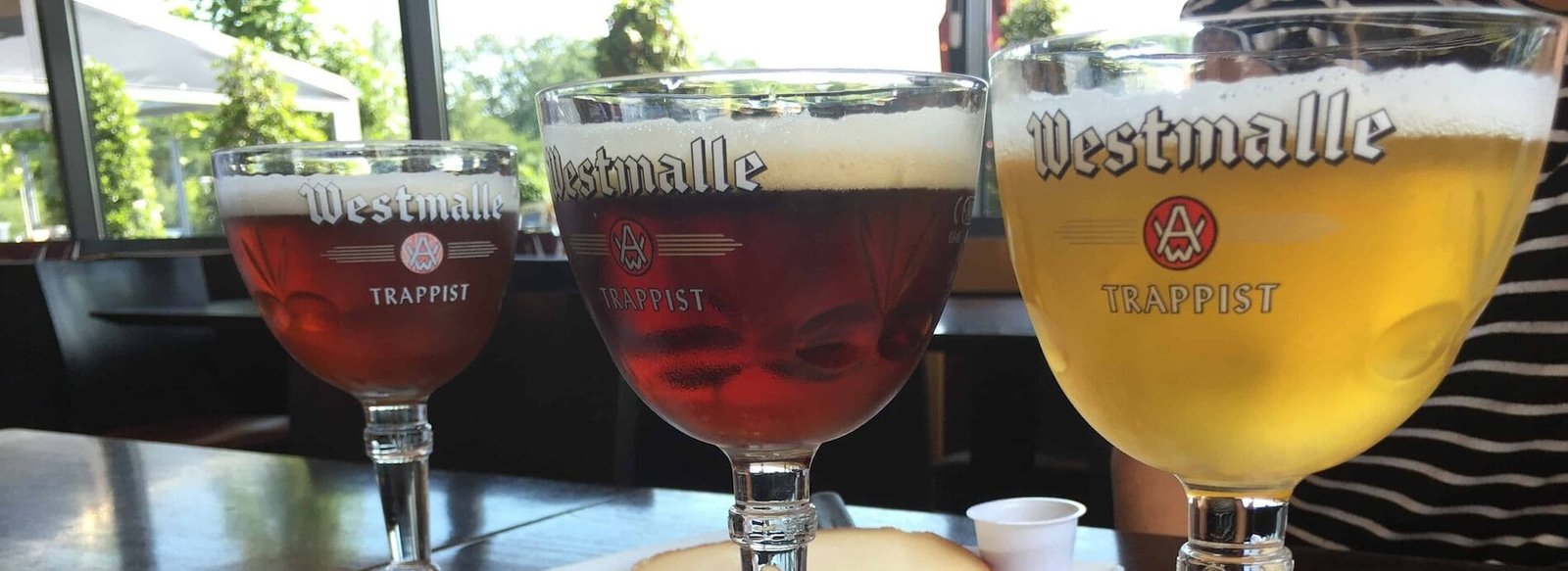Belgian beers have gained international acclaim for their diverse styles, complex flavors, and unique brewing techniques. At the heart of this brewing tradition lies the brew kettle, a vessel that plays a crucial role in the creation of these distinctive beers. While the basic function of a brew kettle remains the same across different beer styles, the specific design and features of kettles used for Belgian brewing can significantly impact the final product. This article will explore the unique characteristics of brew kettles tailored for Belgian beers and how they contribute to the brewing process.
The Importance of the Brew Kettle
Before delving into the specifics of Belgian brew kettles, it’s essential to understand the role of the kettle in the brewing process. The brew kettle is where the wort, the liquid extracted from the malted grains, is boiled. This step is vital for several reasons: it sterilizes the wort, extracts flavors and aromas from hops, and facilitates the evaporation of undesirable compounds. The kettle’s design can influence heat distribution, evaporation rates, and the overall efficiency of the brewing process.
Design Features of Belgian Brew Kettles
Belgian brewing is steeped in tradition, and the equipment used reflects this heritage. Brew kettles designed for Belgian beers often incorporate specific features that cater to the unique requirements of these styles. Here are some of the key design elements that set them apart:
1. Shape and Size
Belgian brew kettles often have a wider diameter and a shallower depth compared to standard kettles. This design allows for a larger surface area, promoting efficient evaporation during the boiling process. The increased evaporation helps concentrate flavors and aromas, which is particularly important for Belgian styles that rely on complex flavor profiles.
2. Material Composition
The material used in constructing a brew kettle can significantly affect heat retention and distribution. Many Belgian brew kettles are made from high-quality stainless steel, which provides excellent heat conductivity and resistance to corrosion. Some brewers may also opt for kettles with a copper lining, as copper is known for its superior thermal properties. This choice can enhance the Maillard reaction, contributing to the development of rich flavors in the beer.
3. Integrated Heating Systems
Belgian brew kettles often feature integrated heating systems that allow for precise temperature control. This is particularly important for Belgian brewing, where temperature fluctuations can lead to undesirable flavors. Some kettles are equipped with electric heating elements or gas burners that can be adjusted to maintain a consistent boil. This level of control helps brewers achieve the desired characteristics in their beers, especially in styles that require specific boiling times or temperatures.
4. Hop Additions and Filtration Systems
Belgian beers often utilize a variety of hop additions throughout the brewing process to achieve their signature flavors. Brew kettles designed for Belgian brewing may include built-in hop baskets or filtration systems that allow for easy addition and removal of hops. This feature not only simplifies the brewing process but also ensures that the hops are effectively integrated into the wort without leaving behind unwanted debris.
5. Cooling Systems
After boiling, the wort must be rapidly cooled to prevent contamination and to prepare it for fermentation. Belgian brew kettles may come equipped with integrated cooling systems, such as immersion chillers or counterflow chillers. These systems allow for efficient heat exchange, enabling brewers to quickly reduce the temperature of the wort while preserving the delicate flavors and aromas characteristic of Belgian beers.
The Impact of Brew Kettle Design on Flavor
The design features of brew kettles specifically tailored for Belgian beers contribute to the development of unique flavor profiles. Here are some ways in which these kettles influence the final product:
1. Enhanced Aromatics
The wider surface area of Belgian brew kettles promotes greater evaporation of volatile compounds during the boiling process. This is crucial for Belgian styles that rely on aromatic hops and spices. The ability to capture and concentrate these aromas leads to a more pronounced and complex bouquet in the finished beer.
2. Flavor Complexity
The combination of high-quality materials and precise temperature control allows for the Maillard reaction to occur more effectively. This reaction, which occurs when sugars and amino acids interact under heat, contributes to the development of rich, toasty, and caramel-like flavors. These characteristics are often found in Belgian ales, adding depth and complexity to the overall taste.
3. Balanced Bitterness
Belgian beers often exhibit a delicate balance of sweetness and bitterness. The design of the brew kettle can influence the extraction of hop bitterness during the boiling process. By allowing for controlled hop additions and efficient evaporation, brewers can achieve the desired level of bitterness without overwhelming the beer’s natural sweetness.
4. Consistency in Brewing
The precise temperature control and integrated heating systems found in Belgian brew kettles contribute to consistency in the brewing process. This reliability is essential for brewers aiming to replicate specific styles or flavors. Consistent boiling temperatures and times lead to uniform results, allowing brewers to fine-tune their recipes and maintain quality across batches.
Traditional vs. Modern Brew Kettles
While traditional Belgian brewing methods often utilize classic copper kettles, modern advancements have led to the development of more efficient and versatile brew kettles. Some brewers choose to blend traditional techniques with modern technology, using stainless steel kettles with advanced features while still adhering to age-old brewing practices. This fusion allows for the preservation of traditional flavors while benefiting from improved efficiency and control.
Brew Kettles for Belgian Beers: What Makes Them Special
Brew kettles designed for Belgian beers are more than just vessels for boiling wort; they are integral to the brewing process, influencing flavor, aroma, and overall quality. The unique design features, such as shape, material composition, integrated heating systems, and cooling mechanisms, all contribute to the distinctive characteristics of Belgian beers. As brewers continue to explore the intersection of tradition and innovation, the importance of specialized brew kettles will only grow, ensuring that the rich heritage of Belgian brewing remains alive while adapting to modern techniques.
In the world of craft brewing, understanding the nuances of equipment can elevate the brewing experience. For those passionate about Belgian beers, investing in a brew kettle that caters to these specific needs can make all the difference, allowing for the creation of exceptional brews that honor the time-honored traditions of Belgian brewing while embracing the possibilities of modern technology. Whether you are a seasoned brewer or just beginning your journey into the world of Belgian ales, appreciating the significance of the brew kettle can deepen your understanding and enjoyment of this beloved brewing style.

